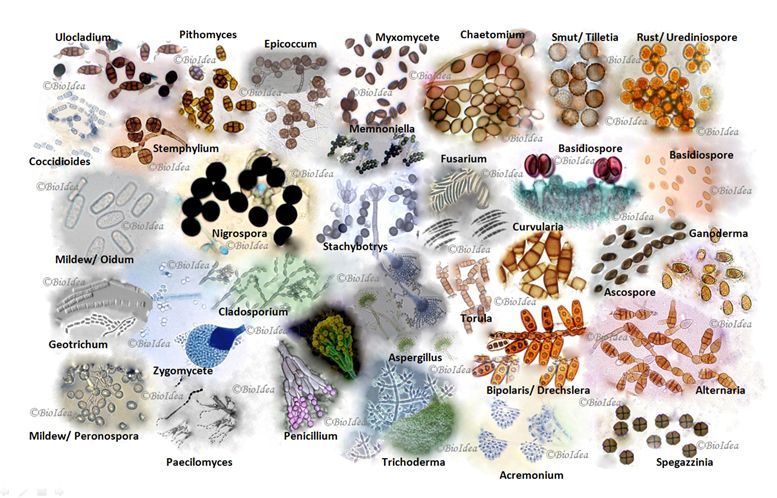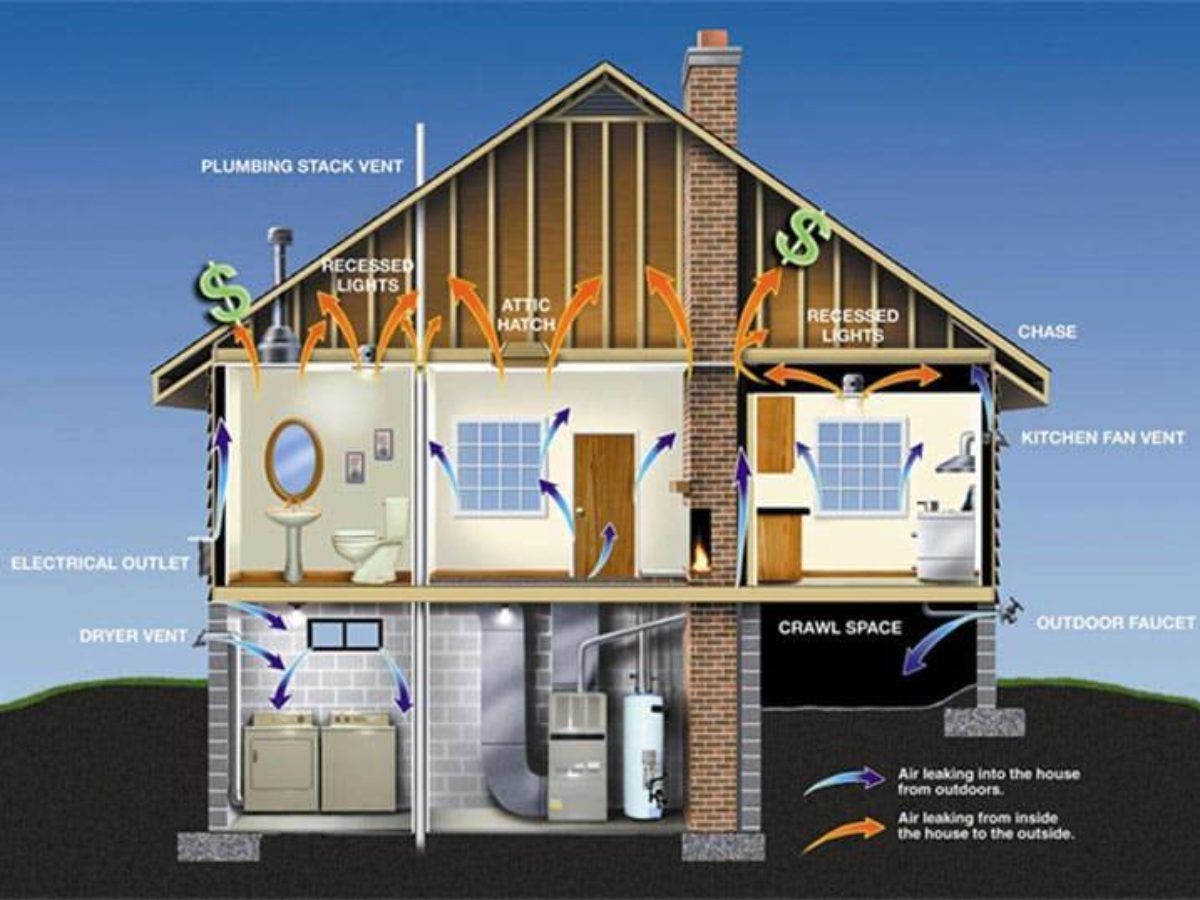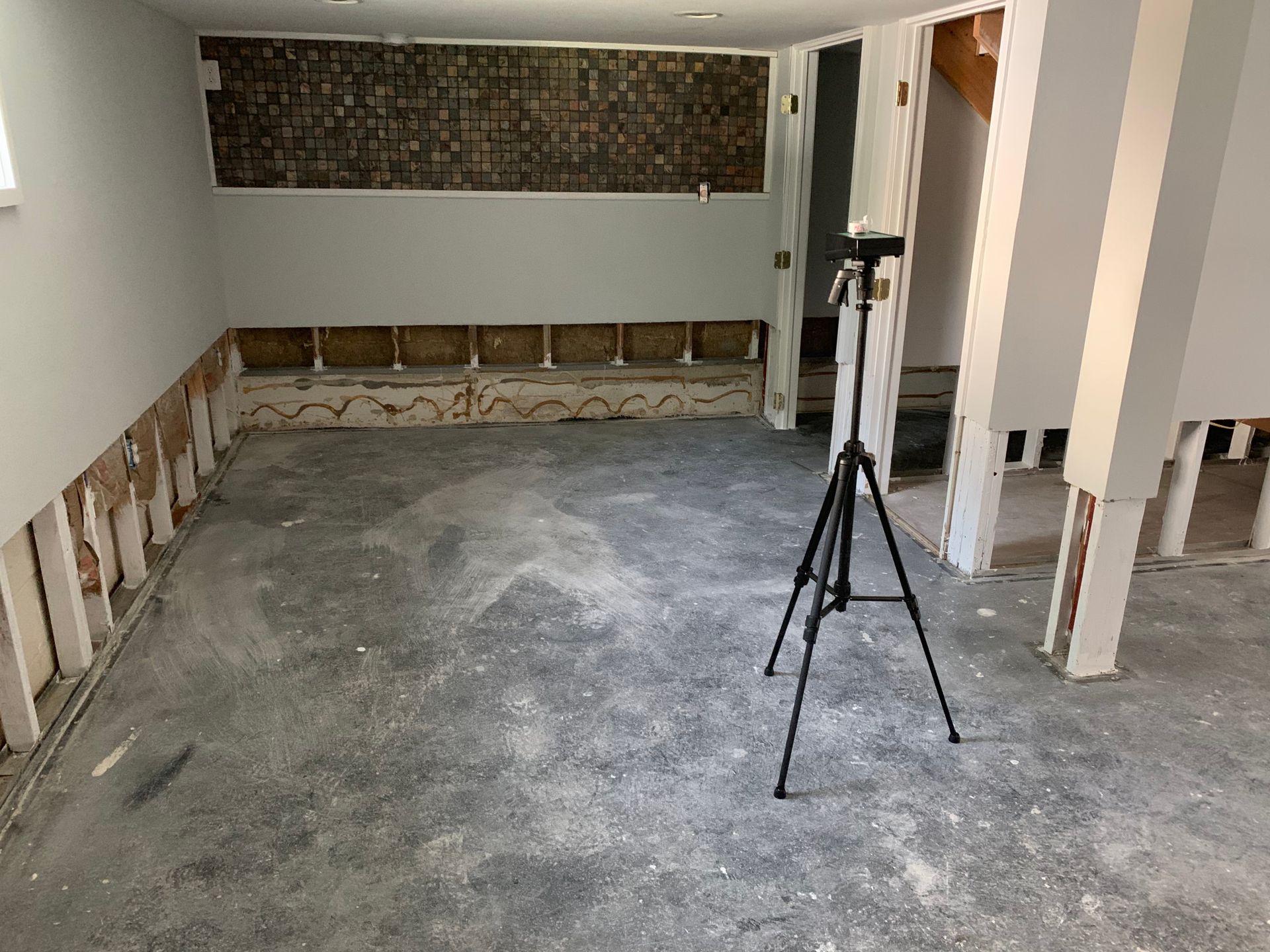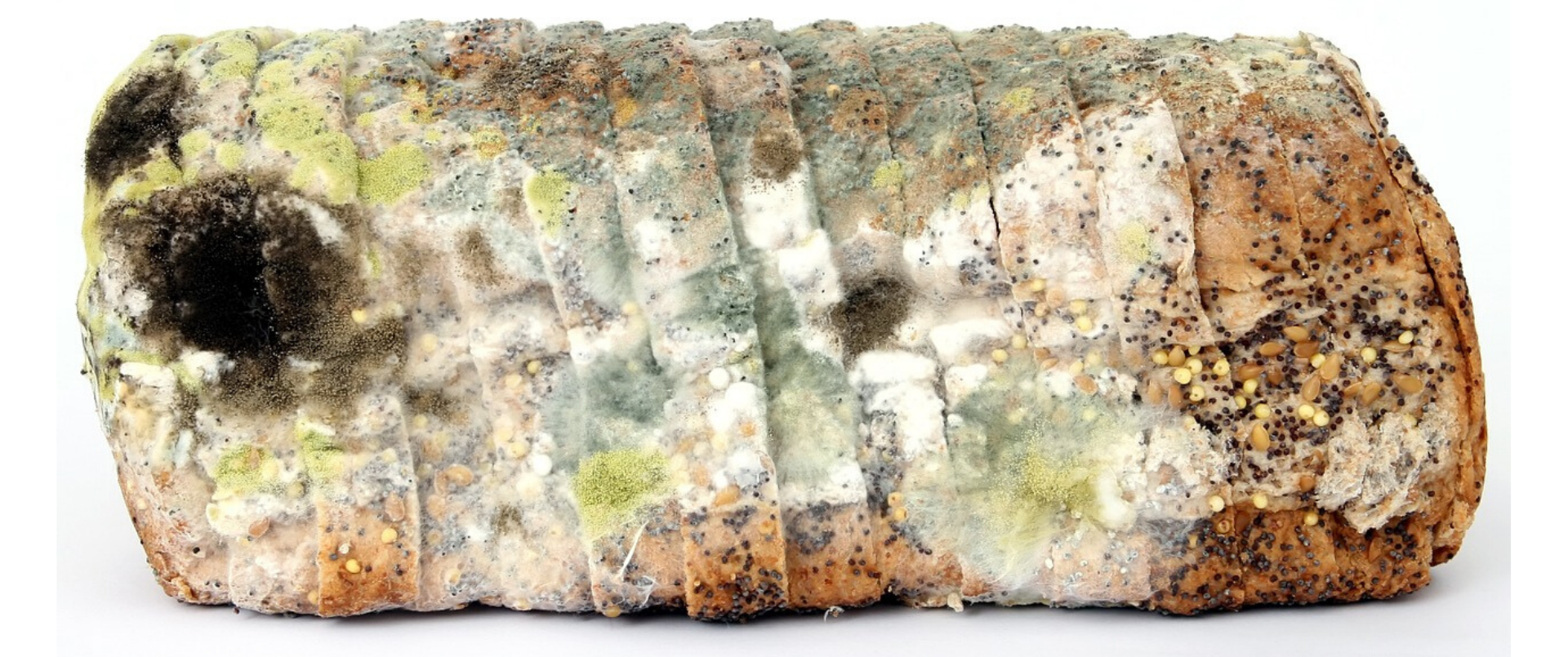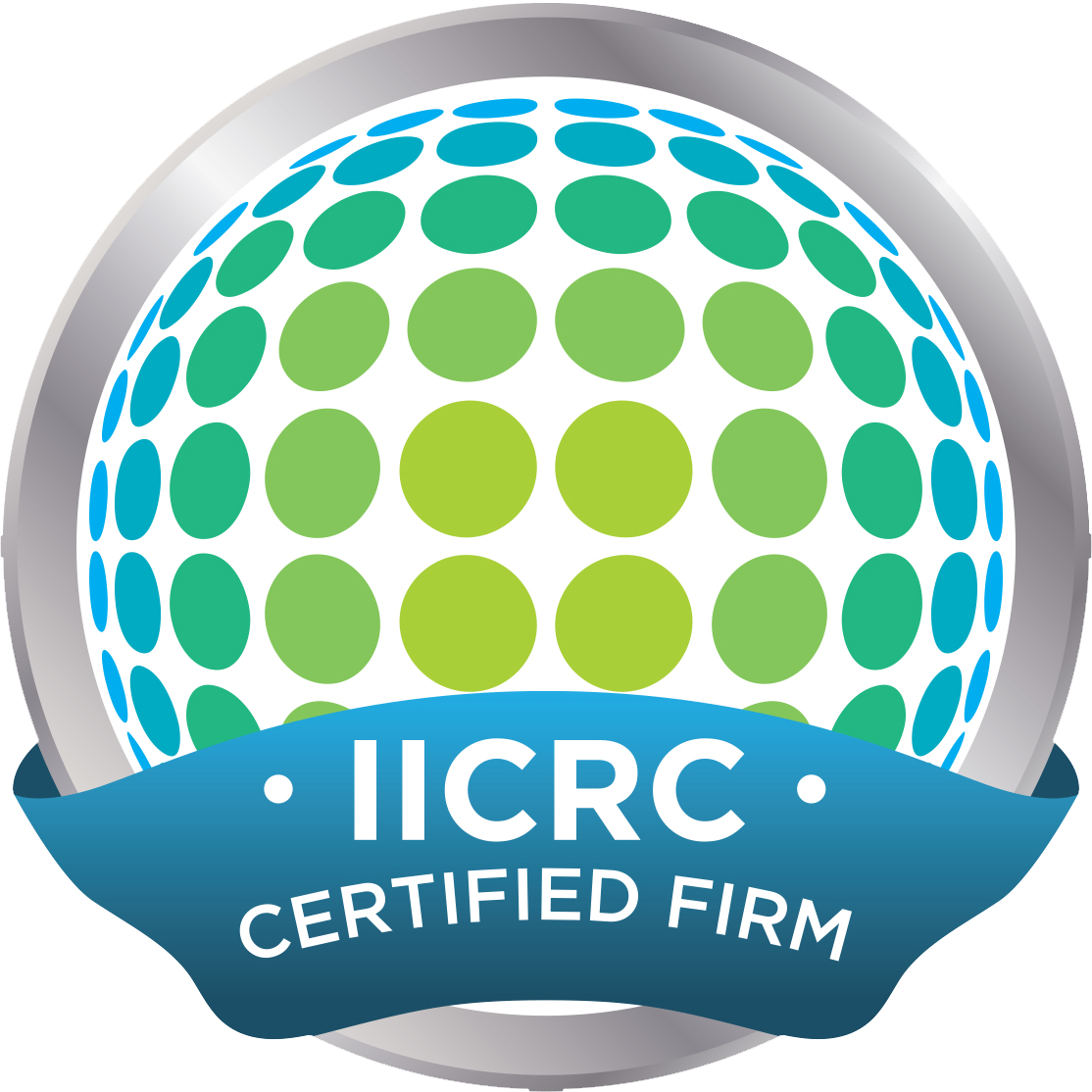How Can My Attic Be Moldy!
You Can Thank the "Stack Effect"!
Living in the beautiful Pacific Northwest has many perks but also many days of cooler, damp conditions. This has us inside many attic spaces with clients who simply can’t understand why the attic is experiencing a mold condition when they have had no water events, and no visible mold inside the living space! It’s a great question and can also be a simple…(not really!) one too! I will explain.
Stack – WHAT!??
The good news is that mold in the attic has little opportunity to cross contaminate the living space (unless your attic is used for storage all the time). But prolonged issues can impact the structure, or if selling, your resale value! The reason contamination isn’t likely is thanks to a little phenomenon called the “stack effect” (see image below) everything in a structure rises through it and out the roof. This can present and be more evident in the colder months when all the warm air we create (through HVAC heating, fireplaces, pellet stoves, etc.) rises and that heat flow creates condensation which can settle into the attic space. In the really cold days, we see attics frosty!
Your attic is designed to help keep the roof up, keep you warm (with insulation), but also to provide a means to ventilate the home. This is accomplished through various types of roof and soffit vents. Maybe you have gable vents, or a more modern ridge vent system in place. Also rising through the attic are your mechanical vent systems. These would be your bathroom, kitchen, laundry, or in some cases a whole house vent system. Now, should any of these various vents, pipes, fans, etc. fail to exhaust up and out of the attic, that airflow along with the rising air from the structure get inside that attic and get confused where to go. Heat naturally wants to get to cold as fast as it can and the underside of your roof (the sheathing) is cold, so it loves to rise up and attach to that wood material. Along with that air rising comes dirt, debris, spores, or anything else and that all collects on the underside of the roof sheathing and sometimes the framing, creating mold! See I told you it was a “simple” answer!
Great info, now what!
Ok, so now you have your answer, but what is the remedy? This is not a one and done answer for everyone. Sometimes it is simply re-connecting the mechanical vents to ensure they leave the attic space, then cleaning a small area. Other times it is much more complex. In older homes we often see air infiltrating the attic through all the holes cut in the ceiling. Due to older homes being updated more than once, there are often many more new penetrations than before. These can be from wires, lights, fans, junction boxes even from around the drywall tape if in a state of disrepair. In these instances, those penetrations need to be sealed up. We must control the moisture entering the attic in order to stop the mold from coming back. Anything short of that is simply a short-term solution. This process typically involves insulation removal, foam sealing penetrations, treating, and remediating the mold (after we ensure the space is dry, below 20% moisture content), and then re-insulating ensuring all venting is sufficient. If you happen to have this issue plus a pest problem, then those folks need to get involved too.
There are many companies that will promise they can come out and remove the mold problem without insulation removal, or air sealing if needed, but I am here to tell you that yes what they do will treat and likely kill what is there today, but spray and pray is not the right way and it will all come back and possibly worse. If you don’t control the source and cause of the mold, which is usually moisture, and you induce more moisture through treatment, guess what happens? Yup, more mold and it comes right back. We see it time, and time again.
If you are having an issue in your attic, give us a call, we will evaluate and let you know the right solution, and work with you to make sure your home is safe!
